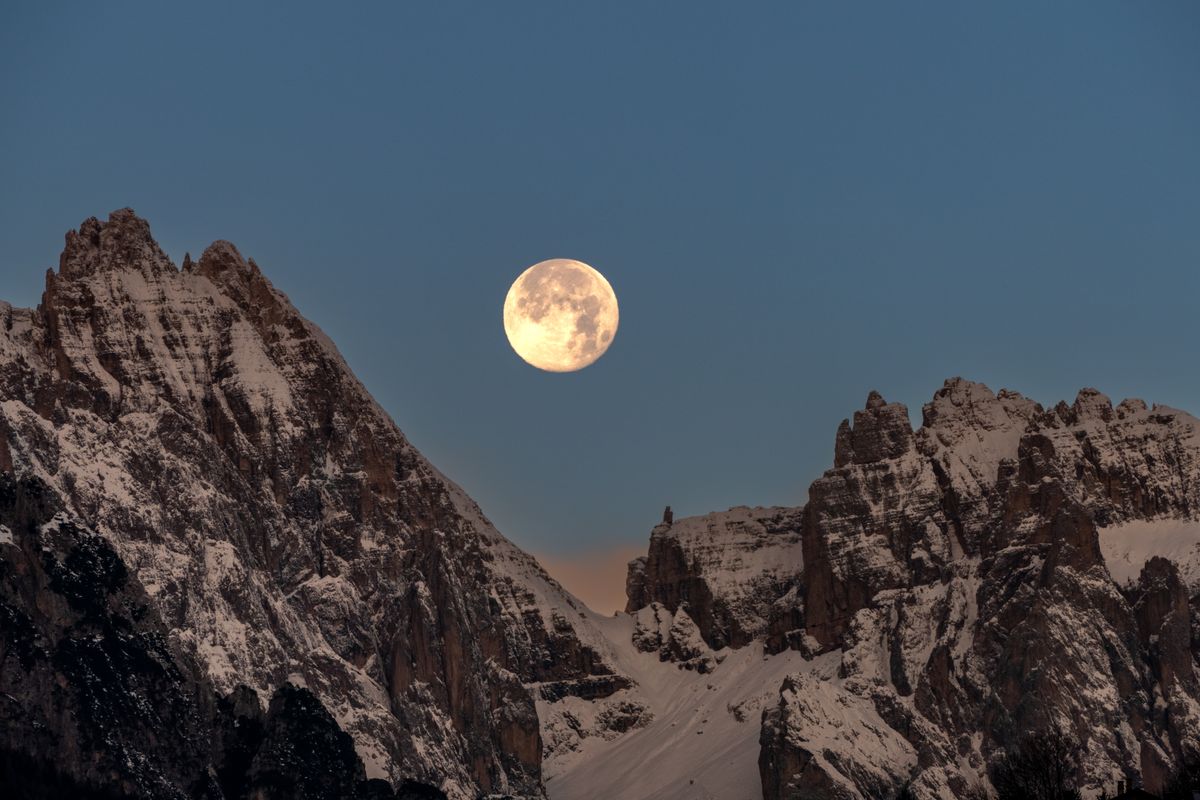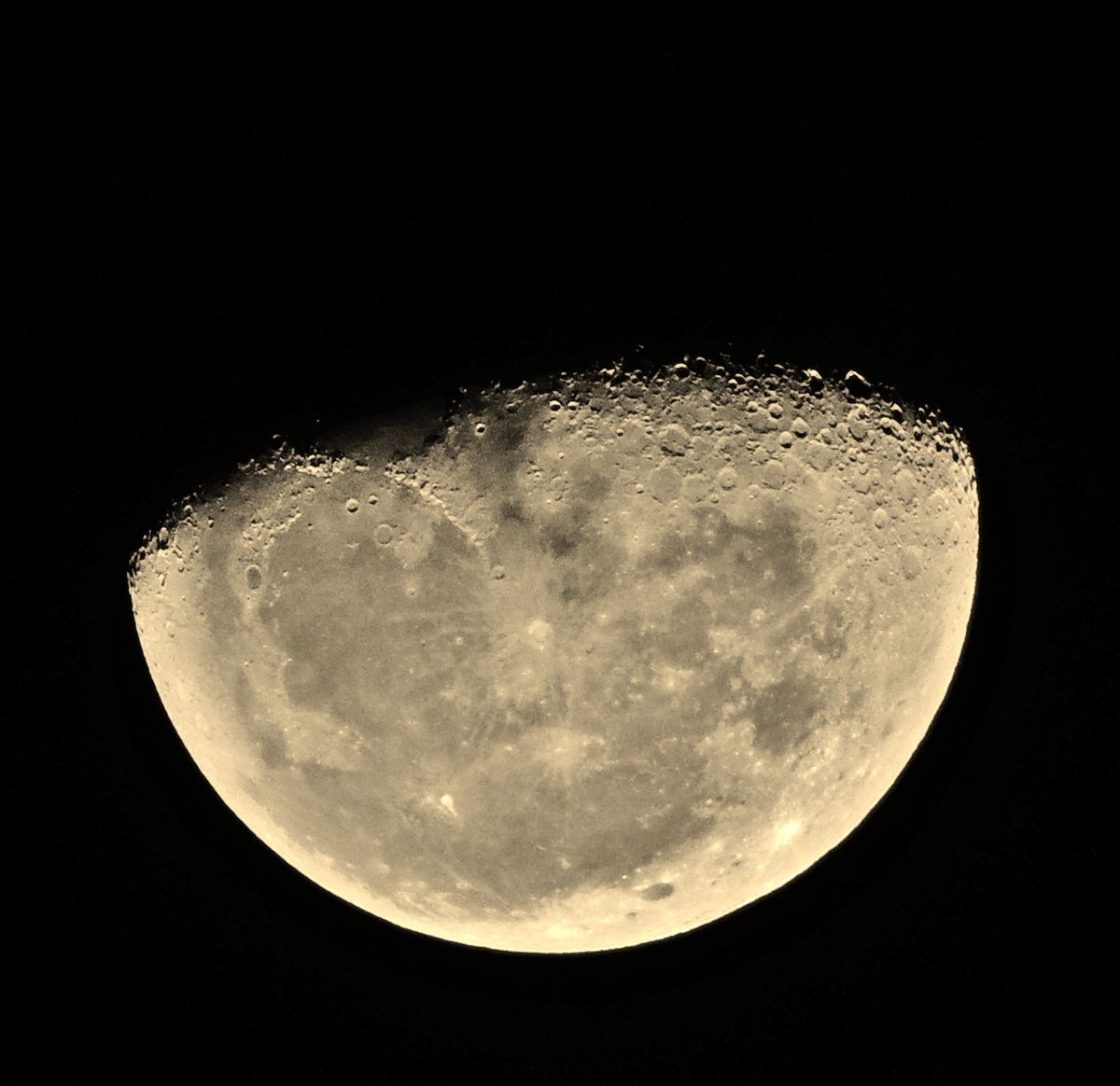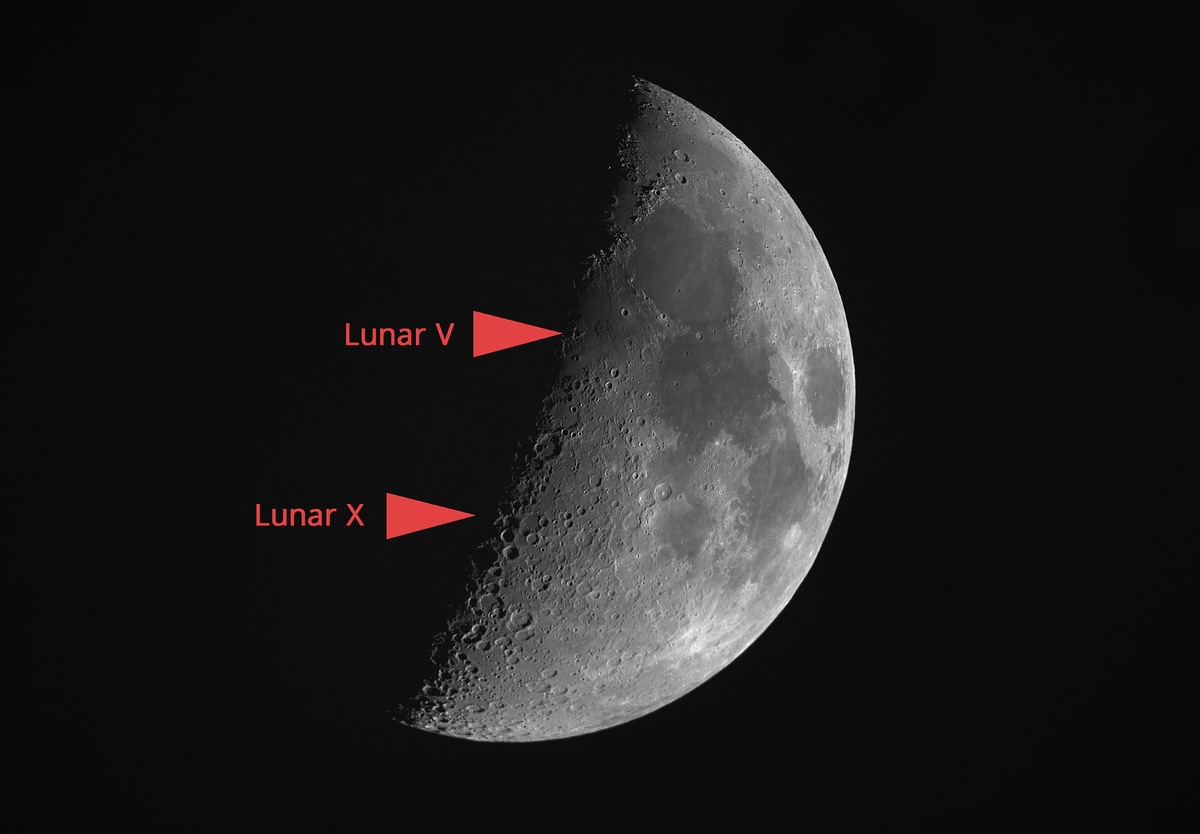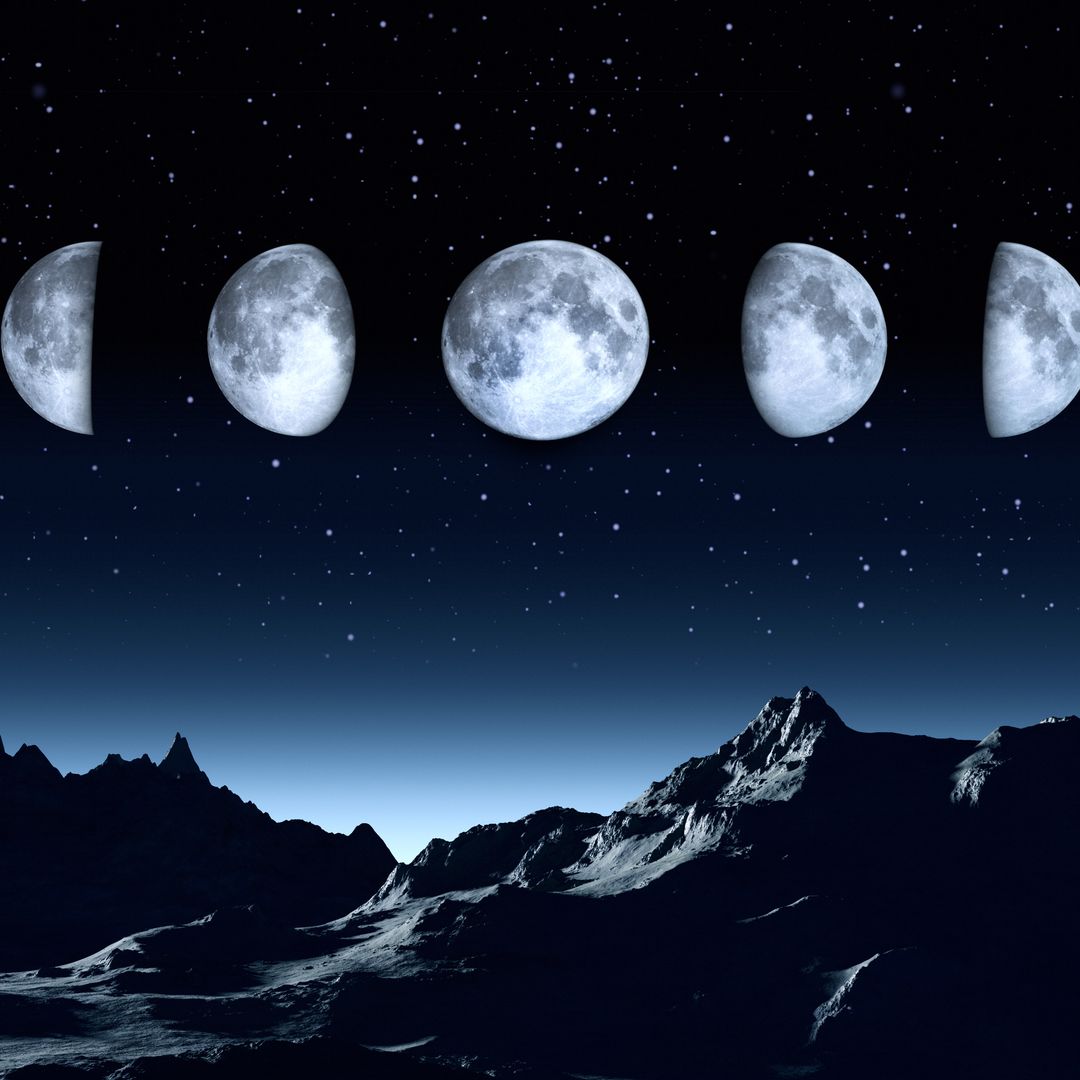Sky-gazers were up for a celestial treat! On Thursday, March 6, 2025, around 6:00 p.m. Eastern Time, the Moon showcased a fascinating phenomenon known as the Lunar X. This captivating event, which lasted only four hours, is a delightful trick of light and shadow on the Moon's surface.
The Lunar X, sometimes called the Werner X, appears when the Moon orbits Earth. Sunlight hits its craters and mountains at just the right angle to create the illusion of a giant "X." This isn't a permanent feature but a fleeting spectacle that occurs during specific lunar phases.
How to Spot the Lunar X
While you might glimpse the Lunar X with the naked eye by squinting, using binoculars or a small telescope will enhance the experience. Here are some tips to get the best view:
- Find a Clear Horizon: Choose a spot without obstructions like trees or buildings.
- Avoid Light Pollution: Stay away from streetlights and other bright sources to let your eyes adjust to the darkness.
- Be Prompt: Since the Lunar X is visible for only about four hours, prepare for the time announced, and you're ready to observe as soon as it appears.
The Science Behind the X
The "X" forms near the meeting point of four craters—Purbach, La Caille, Blanchinus, and Regiomontanus—in the Moon's rugged southern highlands. The contrasting light and shadows create the striking X shape as the Sun grazes these craters during the lunar phase.
Bonus: Spot the Lunar V
The distinctive "X" shape is clearly visible at the intersection of four prominent lunar craters: Purbach, La Caille, Blanchinus, and Regiomontanus. This unique formation occurs in the rugged southern highlands of the Moon, where the interplay of light and shadow creates a captivating visual phenomenon. As the Sun's rays skim across the lunar surface during specific phases, they accentuate the craters' contrasting topography, enhancing their depth.
The craters' angular geometry, juxtaposed against the smooth regolith, results in a striking "X" that becomes a notable focal point for lunar observers and enthusiasts alike. This interplay of light highlights the craters' outlines and provides insights into the geological history and age of these ancient lunar formations.
,type=downsize)







